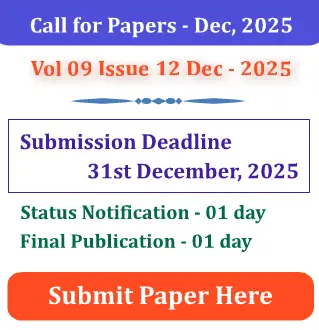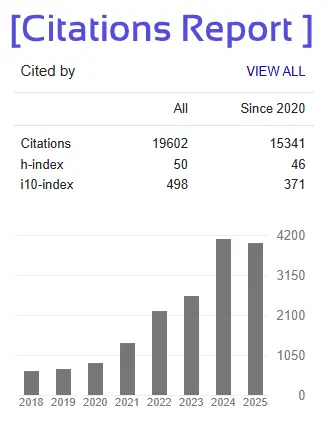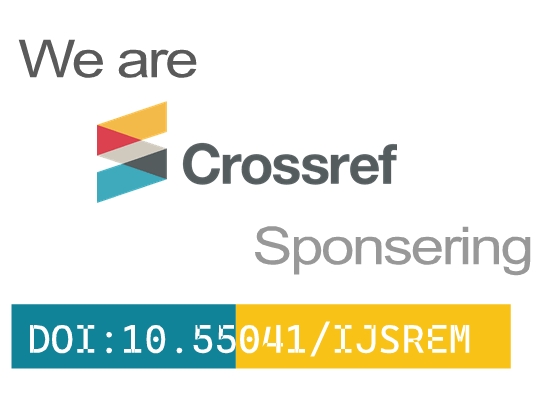Assessment of Fluctuation in Aeromycological Diversity at Different Sites in Gorakhpur District, Uttar Pradesh, India
Ujjawal Prakash1, Rajneesh Rao1, Sanyogita Kumari2 and Ashok Kumar1*
1Department of Botany, Deen Dayal Upadhyaya Gorakhpur University,
Gorakhpur-273009, India
2Department of Botany, Raghunath Girl’s Post Graduate College, Meerut-250001, India
Abstract
The purpose of the current study's aeromycological survey was to determine the effect of temperature and relative humidity within a day on prevalence of aeromycoflora diversity in different locations in Gorakhpur district, during first week of October in 2023. For sampling, the gravity-based Petri-plate approach using Potato Dextrose Agar (PDA) medium was employed to trap fungal spores and mycelial fragments. During study a total 21 identified species belonging to 13 fungal genera were isolated excluding Mucorales, mycelia sterilia and unidentified fungi. The findings reveal that a total 1506 and 2287 fungal isolates were recovered from air sampling of study sites during morning and late afternoon respectively. The highest mycoflora occurrence frequency (%) was found in Kushmi forest both in morning (19.46%) and late afternoon (22.60%) while, lowest in morning (6.30%) and late afternoon (7.08%) was determined in Baba Raghav Das (BRD) medical college and AIIMS (All India Institute of Medical Sciences), Gorakhpur respectively. Collectively, during morning sampling, Cladosporium sp. exhibited highest relative density (19.85%) followed by Aspergillus flavus (17.13%), Aspergillus niger (16.73%) and Penicillium sp. (10.89%), whereas, both Acremonium sp. (0.13%) and Colletotrichum sp. (0.13%) having lowest relative density followed by Alternaria atra (0.20%), and Alternaria longipes (0.33%). The late afternoon sampling reveals, Cladosporium sp. had highest relative density (22.39%) followed by Aspergillus niger (17.13%), Aspergillus flavus (16.73%) and Penicillium sp. (10.89%). Among all fungal spore types, genus Aspergillus showed dominancy in total spore count i.e. 700 (46.48%) and 1134 (49.58%) both in morning and late afternoon respectively. The spore count in air from morning to late afternoon enhanced with increase of temperature in major mycoflora viz. Cladosporium sp. (299 to 512), Aspergillus niger (252 to 491), Aspergillus flavus (258 to 349) and Penicillium sp. (164 to 185), strengthen the effect of meteorological factors (temperature, relative humidity etc) along with anthropogenic factors on aeromycoflora diversity.
Keywords: Aeromycobiota; Meteorological Factors; Library; Forest; Temple; Fungal isolates







